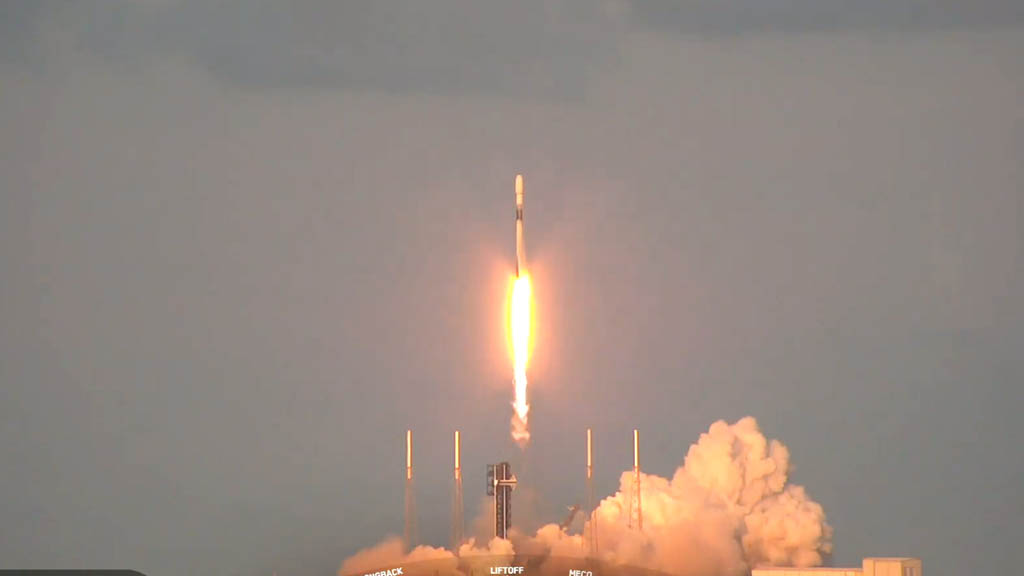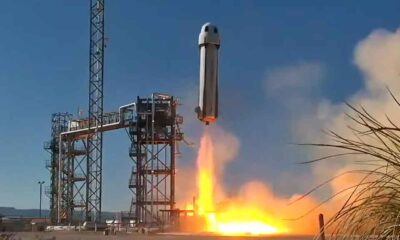SpaceX
SpaceX Falcon 9 launches ESA’s Galileo L13 mission

On September 17, 2024, SpaceX launched a new Falcon 9 mission with the European Space Agency’s (ESA) Galileo L13 satellite to medium Earth orbit.
The mission was conducted from Space Launch Complex 40 at Cape Canaveral Space Force Station in Florida. The weather was clear and the launch director gave it a go for a liftoff.
Galileo is Europe’s self-developed navigation satellite system, designed to provide global positioning service under civilian control. It is interoperable with GPS, Glonass, and US and Russian global satellite navigation systems.
It can offer dual frequencies as standard and deliver real-time positioning accuracy down to the meter range. Galileo provides coverage at 75 degrees north coverage for northern Europe and beyond.
The Galileo constellation includes 28 satellites (except two) in three circular Medium Earth Orbit (MEO) plans at 23,222km altitude above Earth and a 56-degree inclination to the equator. The two satellites are placed in incorrect orbits by a Soyuz launcher and used for search and rescue services.
In April this year, SpaceX launched the Galileo L12 mission from Florida including two satellites. Three months after their launch, Galileo satellites 29 and 30 have recently reached their target positions at an altitude of 23,222 km. After testing and review, ESA announced these satellites operational.
These two satellites are placed in the same orbital plane. With these deployments, the Galileo orbital planes are fully populated and completed.
Mission Details
The booster used for this launch completed its 22 mission. It is another record launch as the company continue to surpass the reusability record for one first stage.
During the Galileo L12 launch, the Falcon 9 booster was expanded to deliver extra performance to deploy the payload to its orbit. With that launch, the company has changed the design and operational capacities including mass reduction and trajectory adjustments to safely recover booster for reusability.
After hot-staging, the first stage landed on a drone ship stationed in the Atlantic Ocean. Check the visuals linked below.
Liftoff! pic.twitter.com/yG7YajyF2k
— SpaceX (@SpaceX) September 17, 2024
Falcon 9’s first stage lands on the Just Read the Instructions droneship pic.twitter.com/YhH3fP7svM
— SpaceX (@SpaceX) September 17, 2024
(source)












